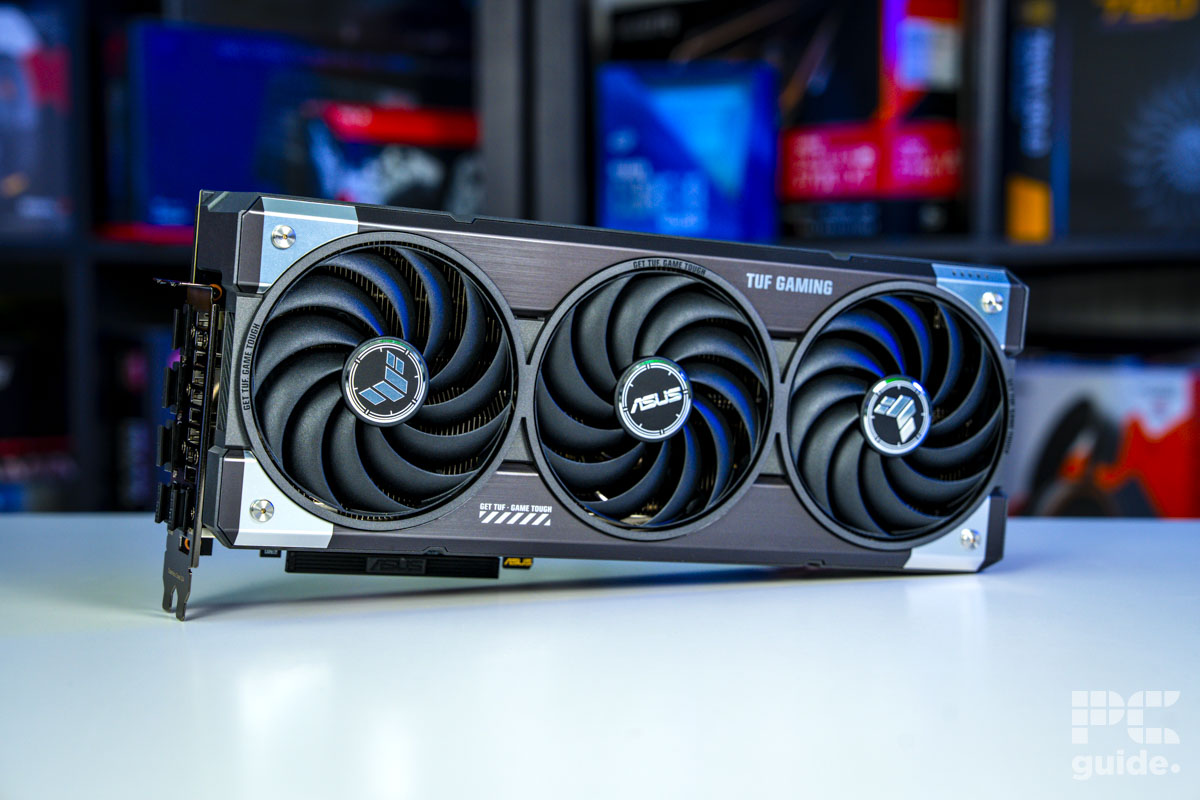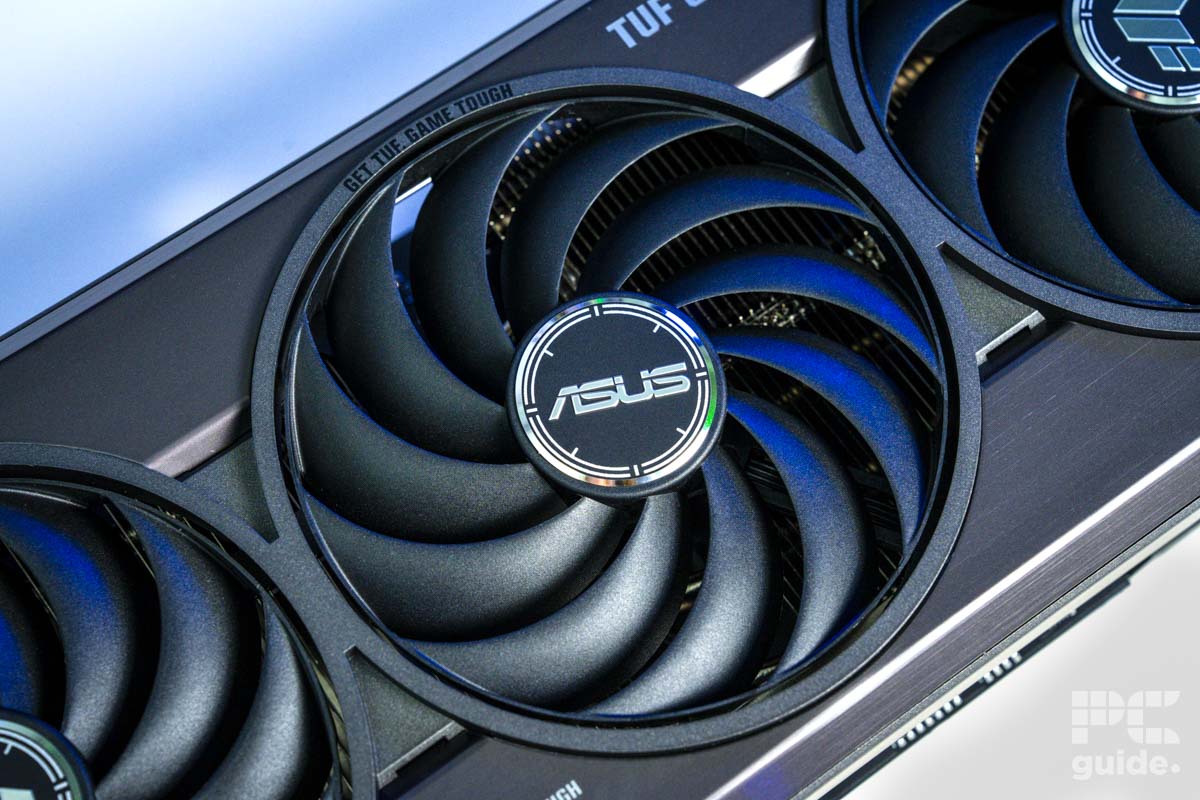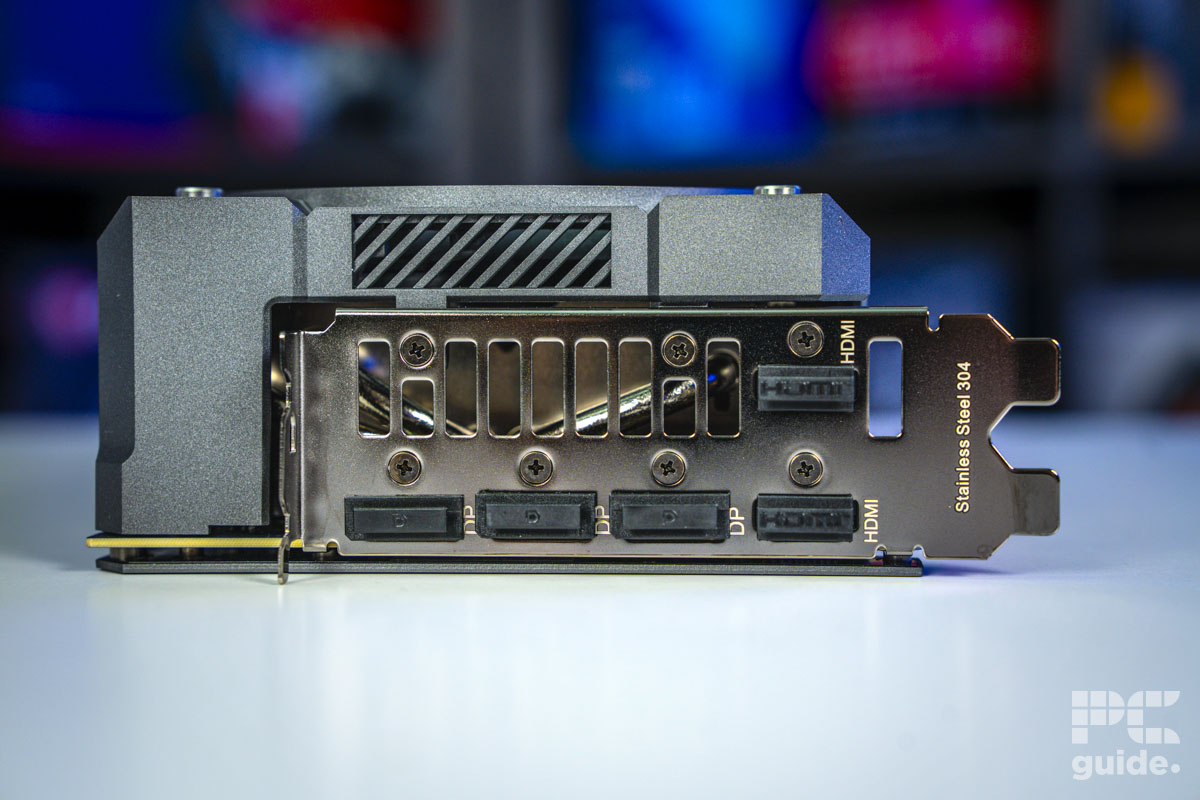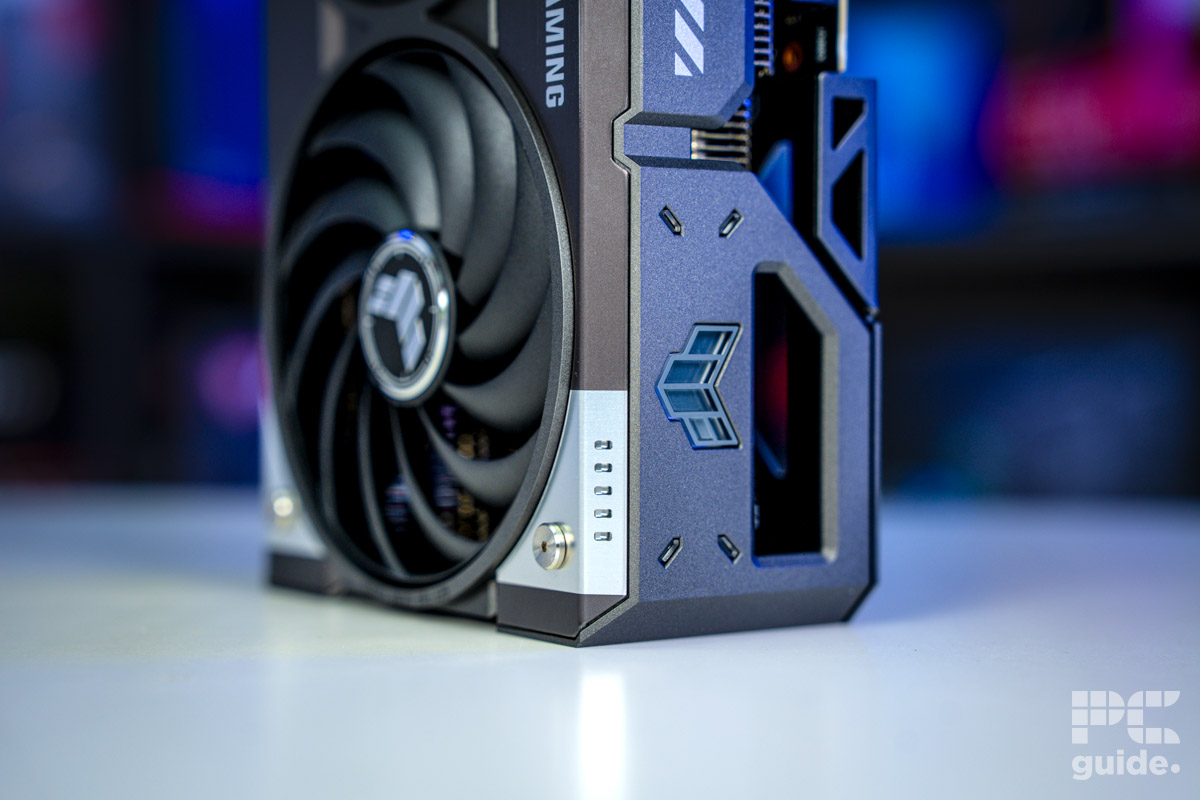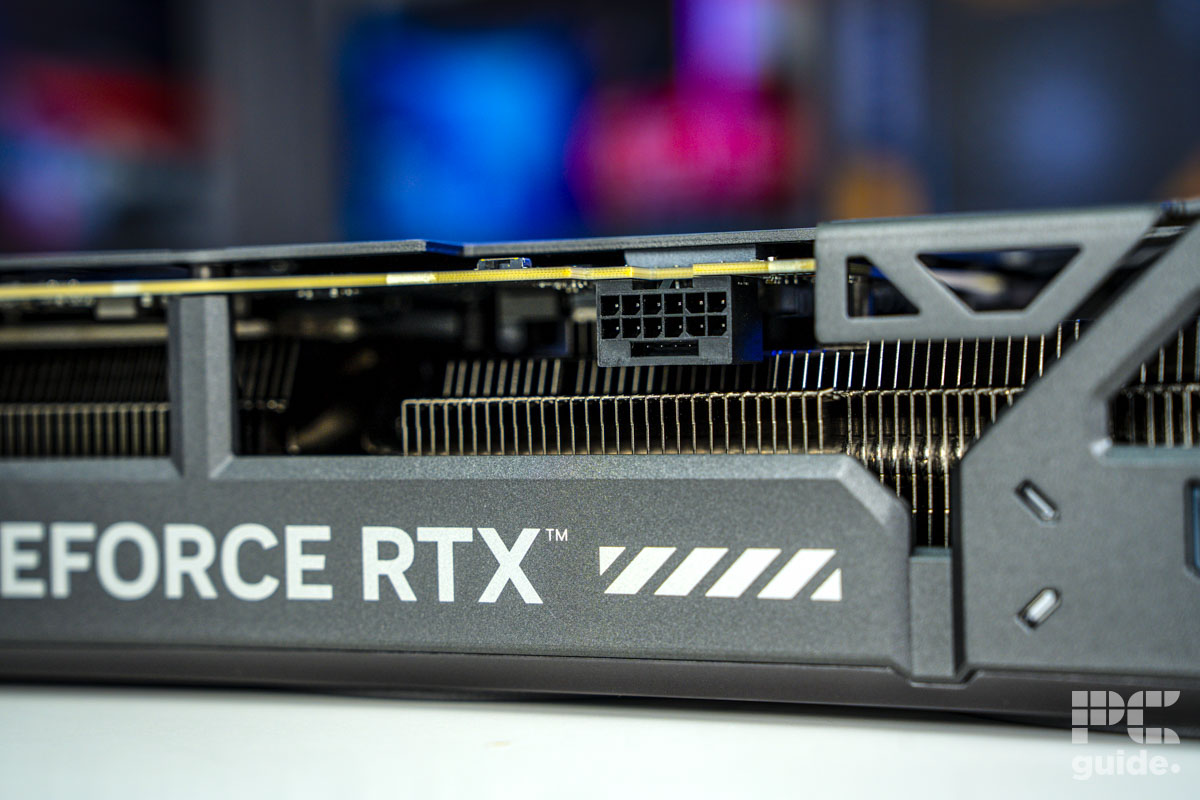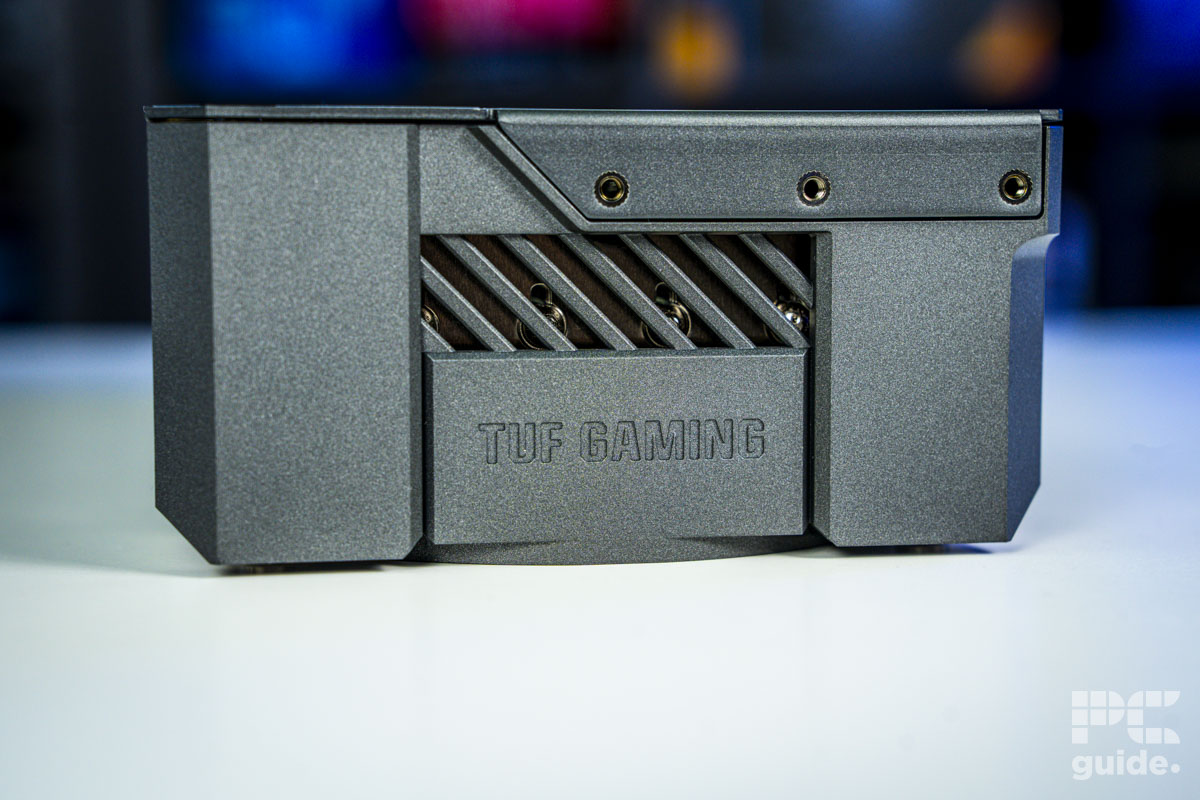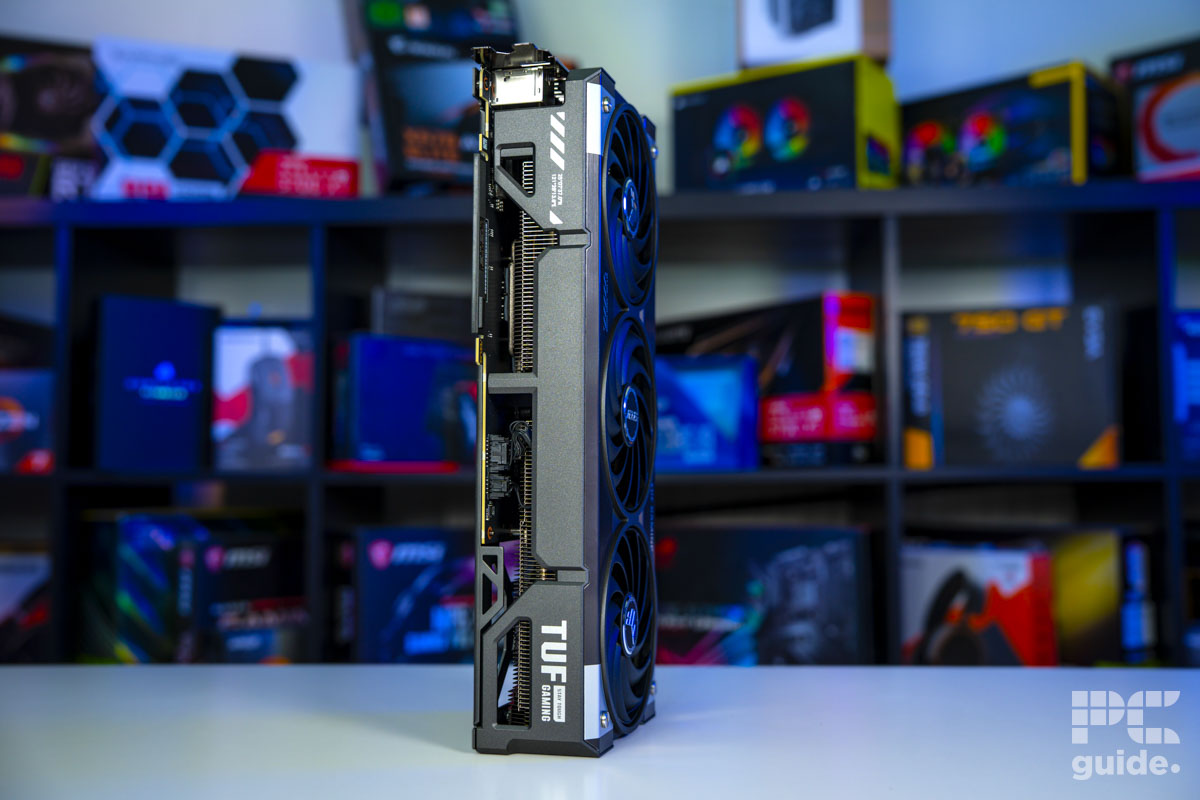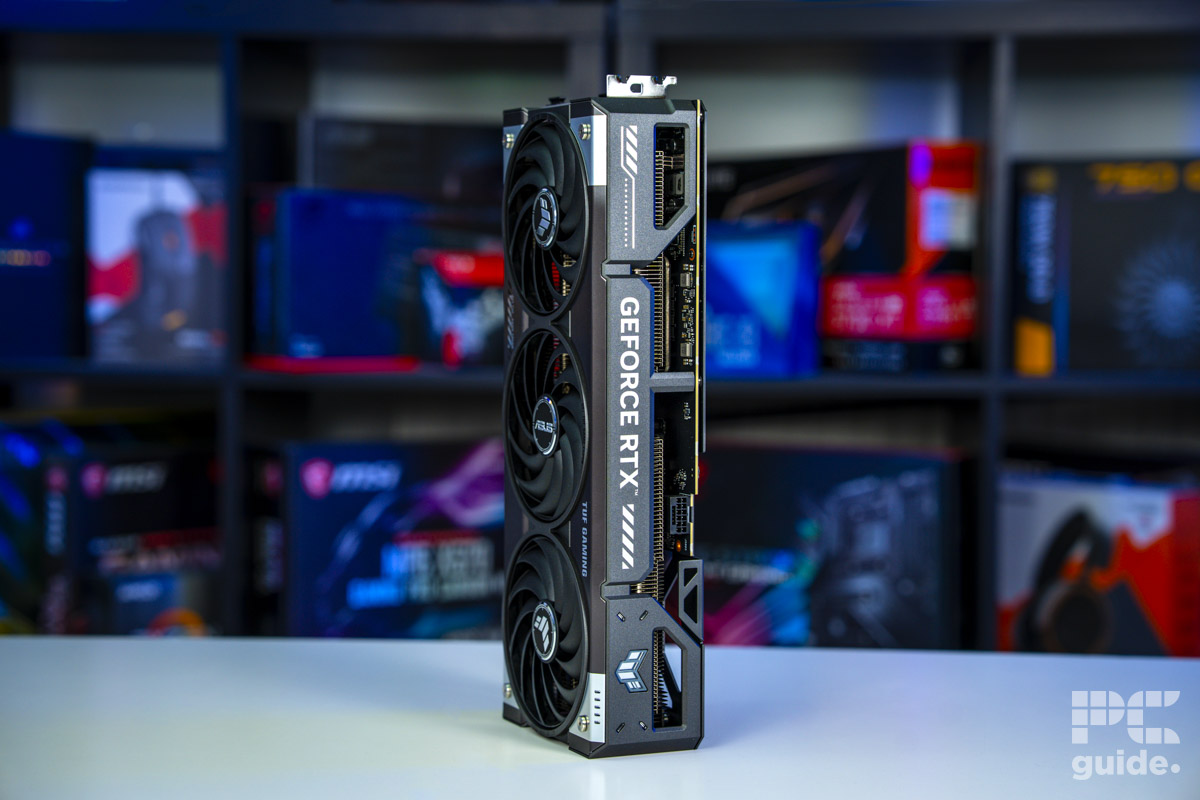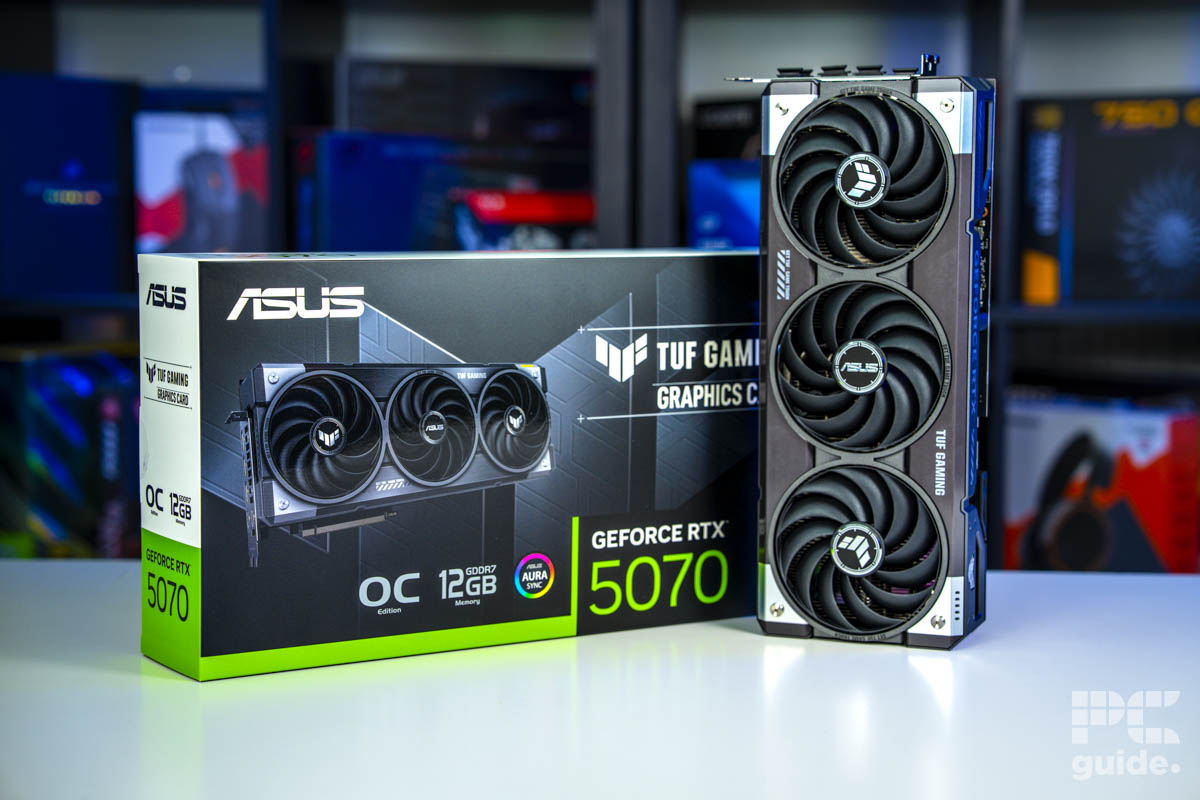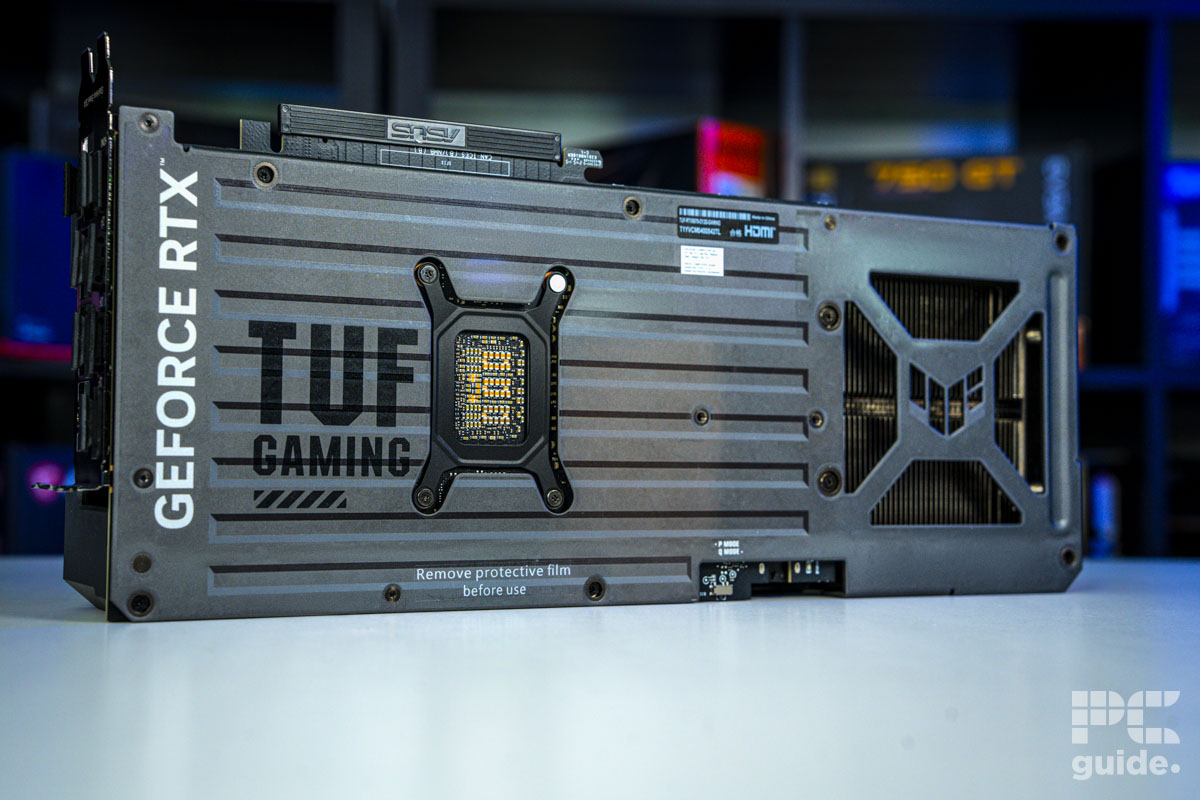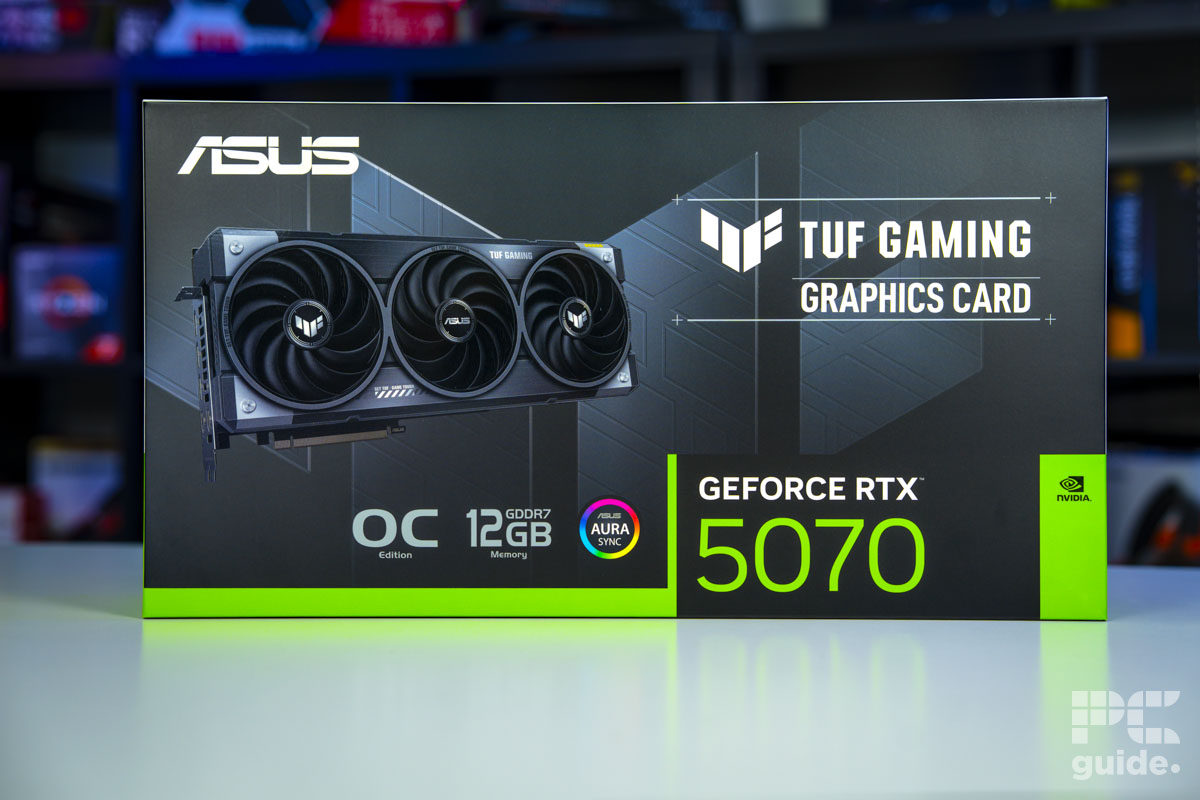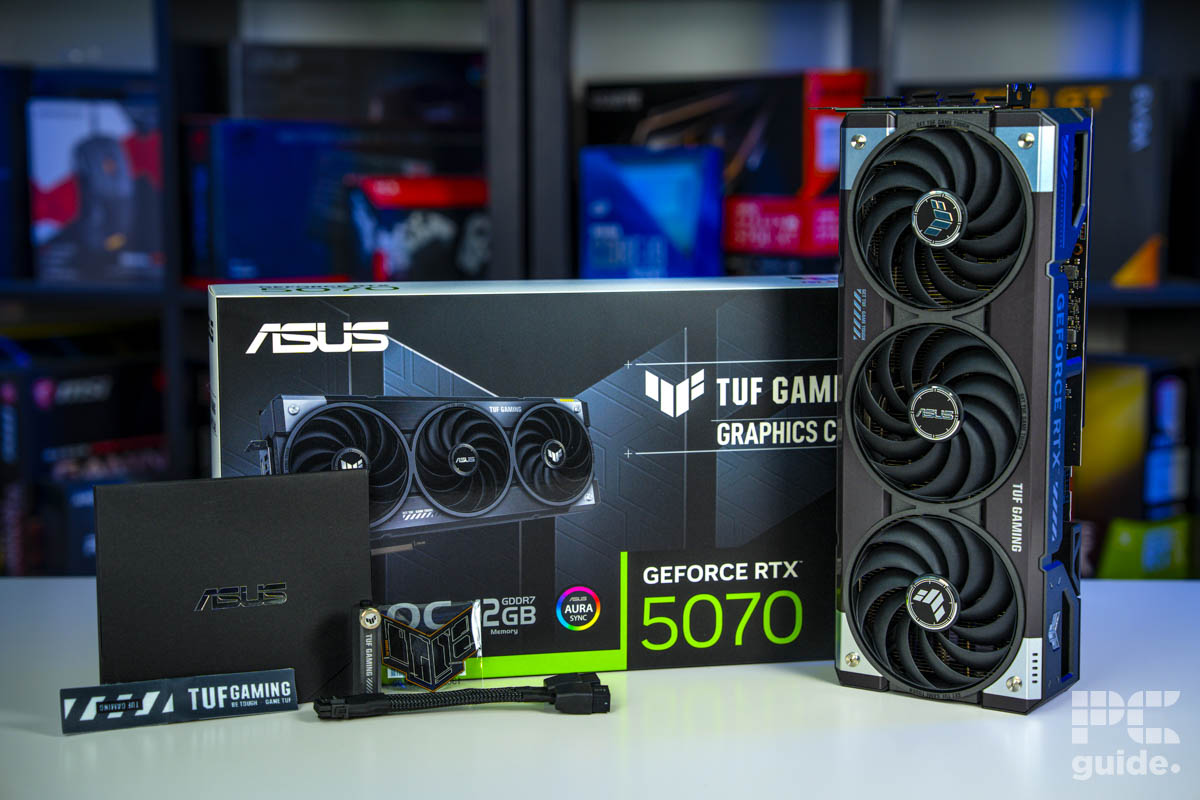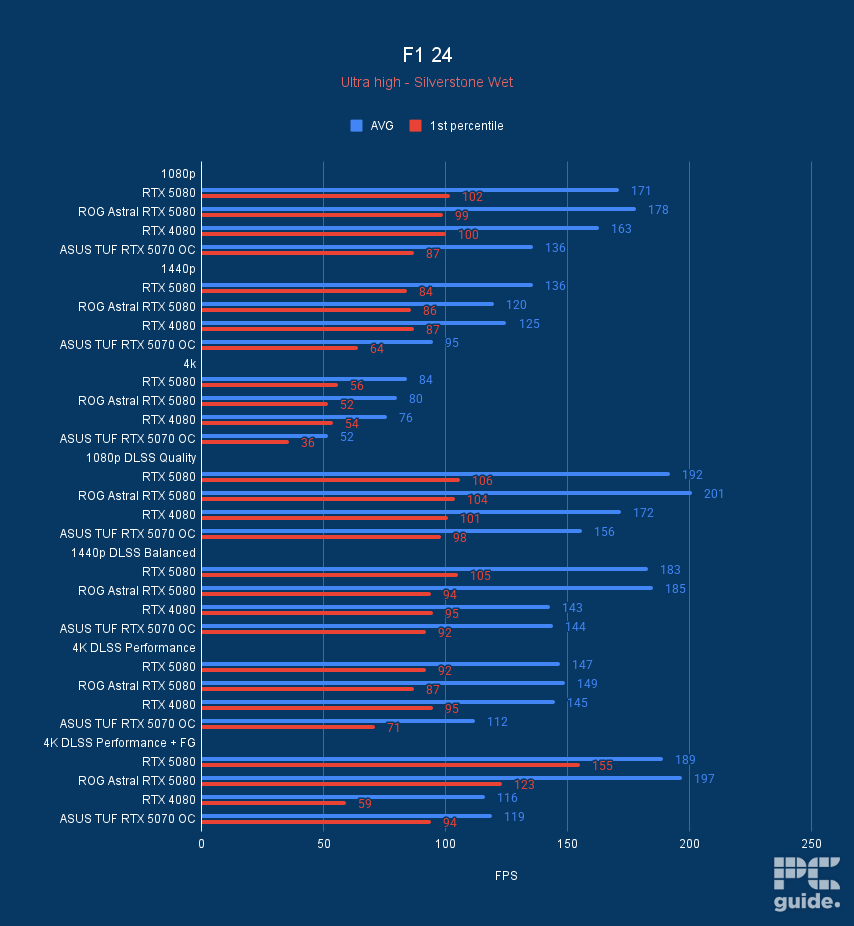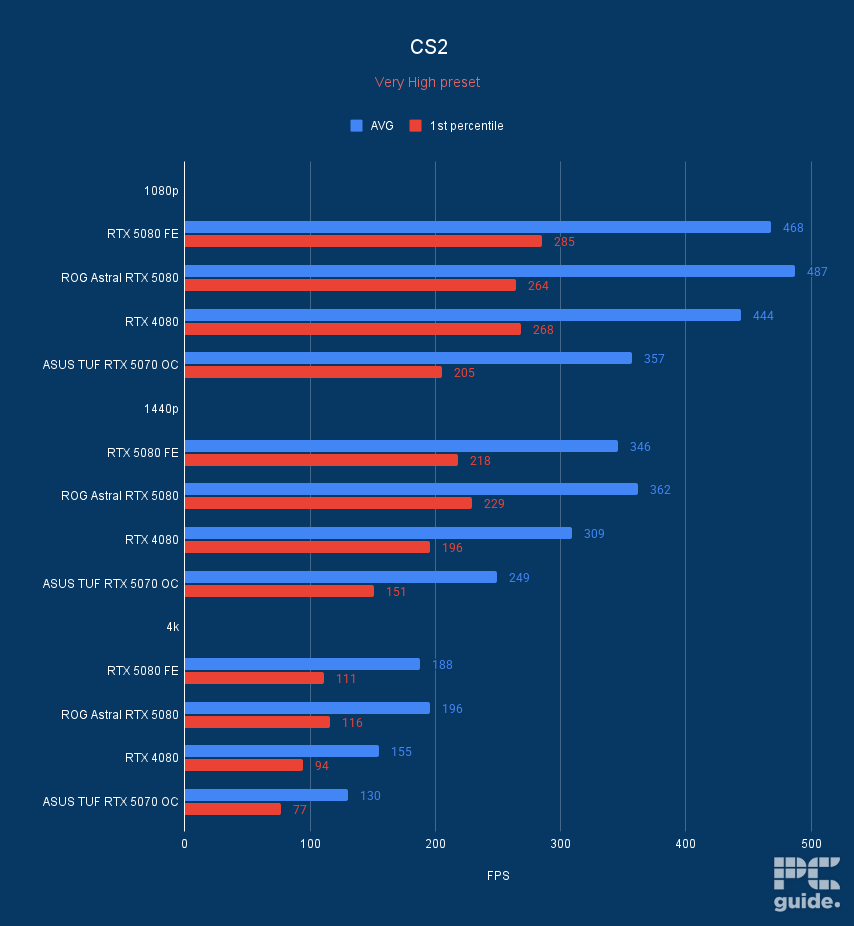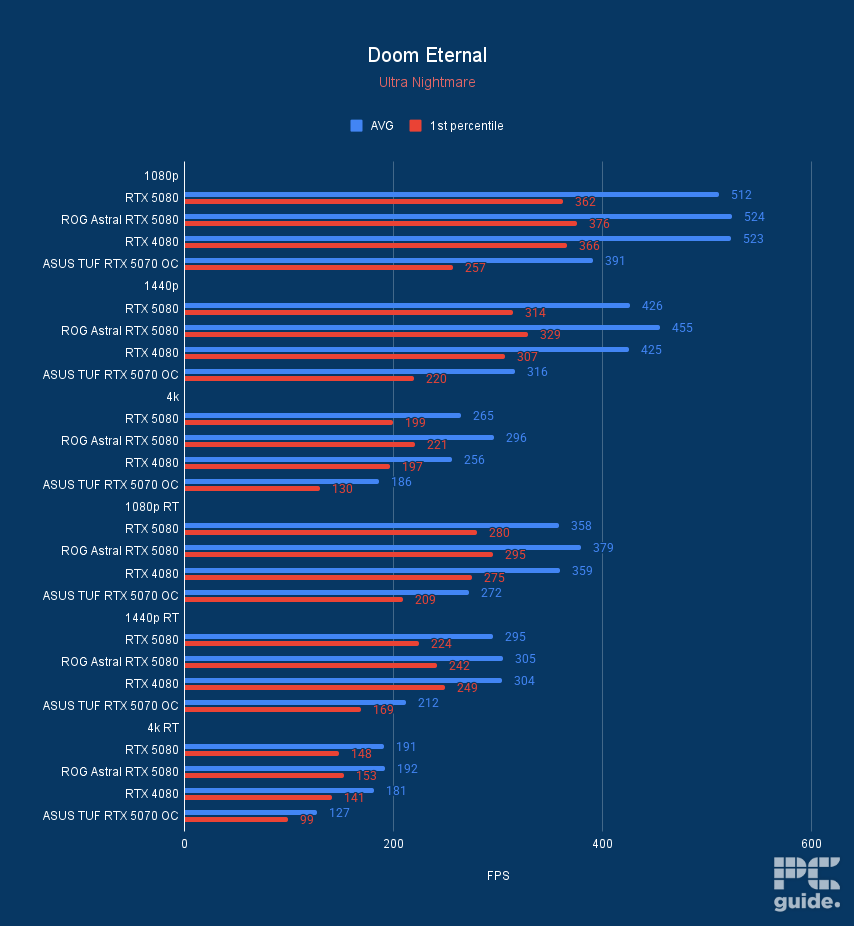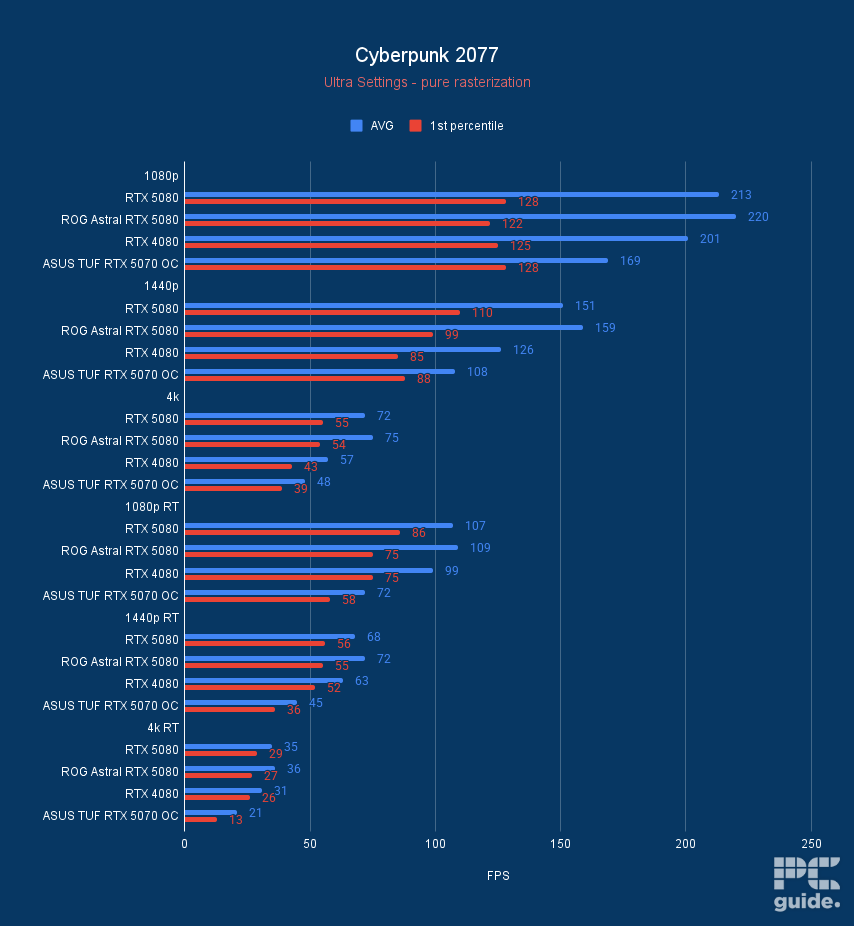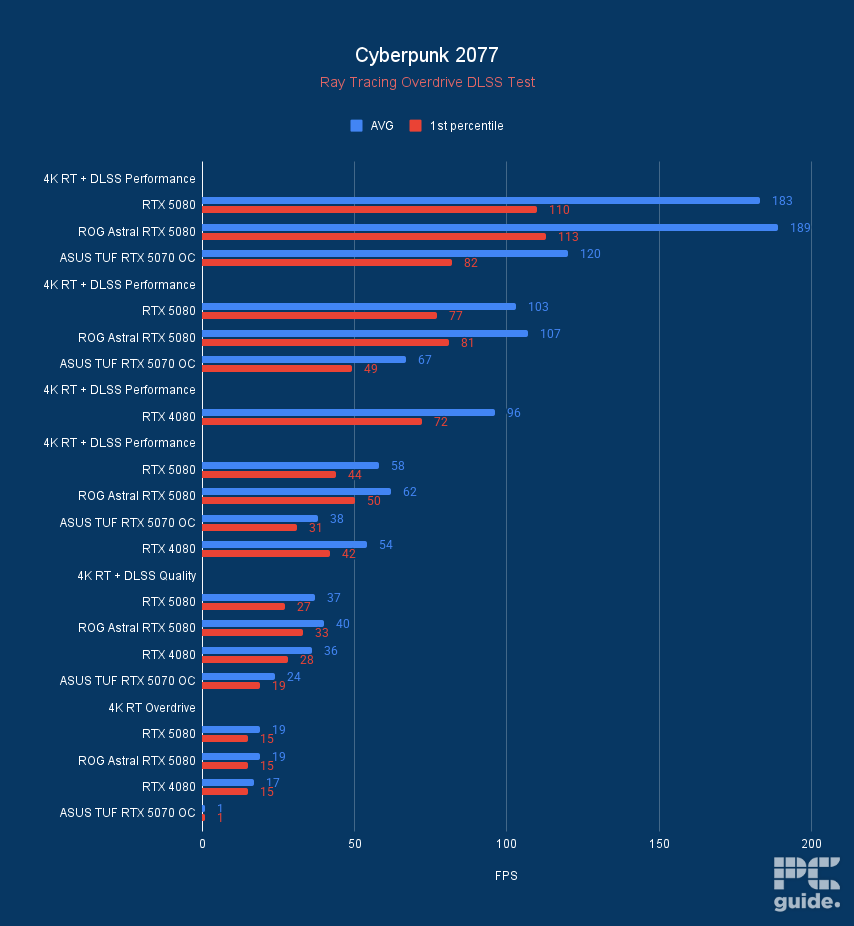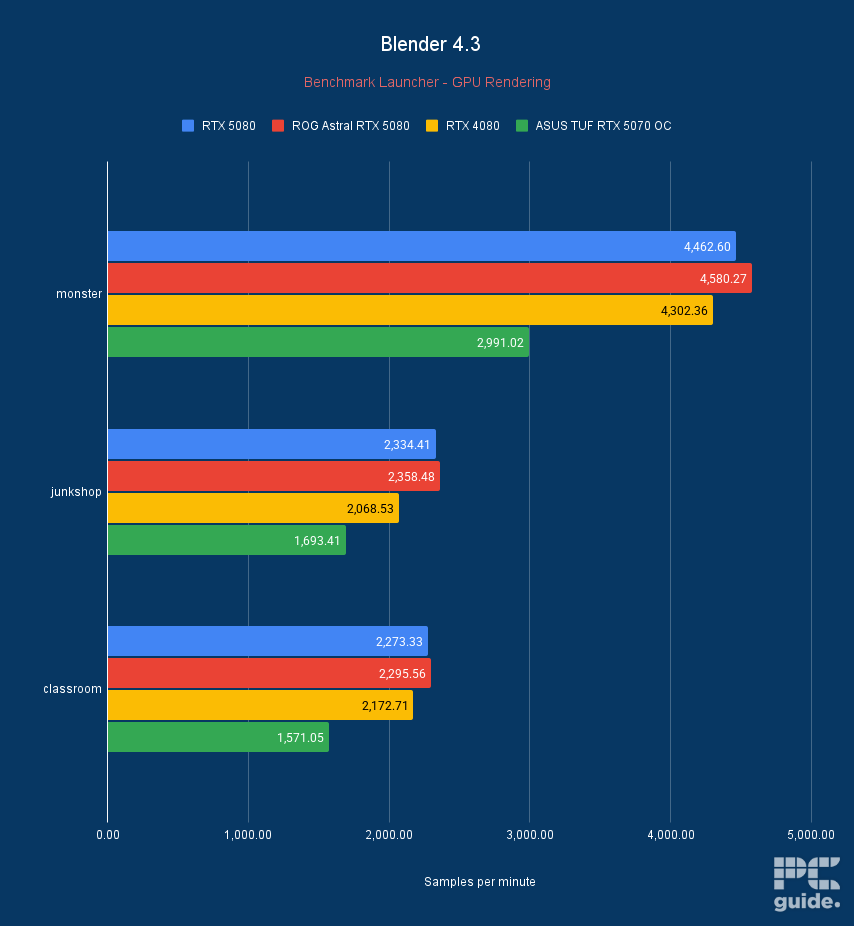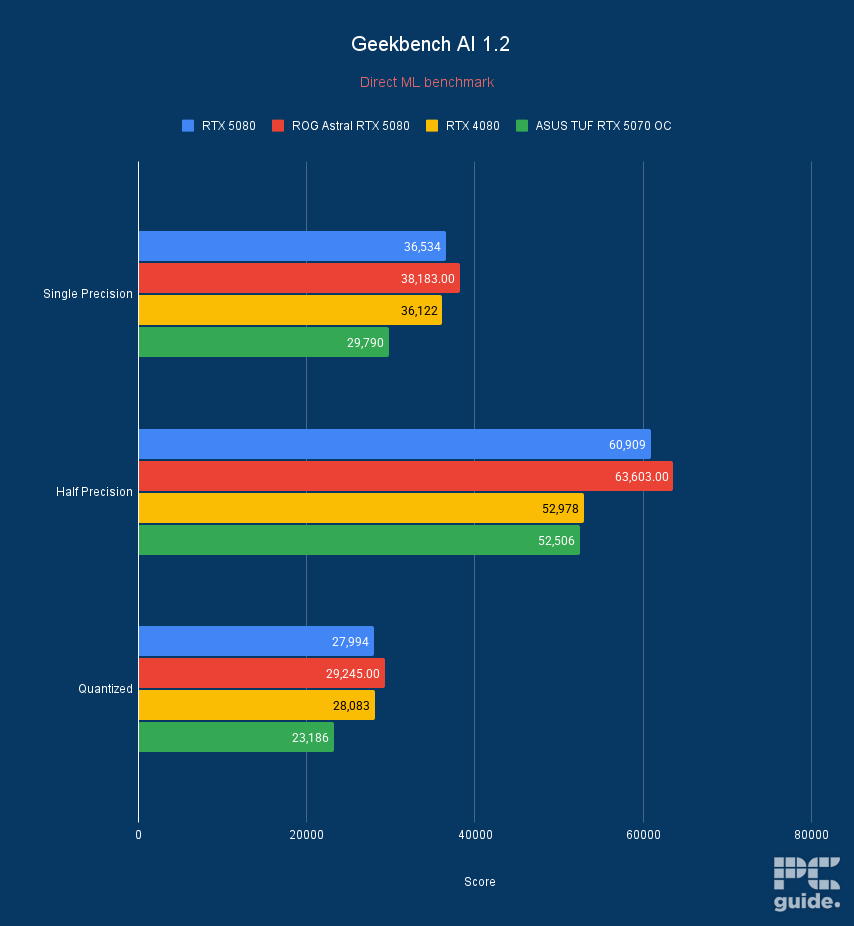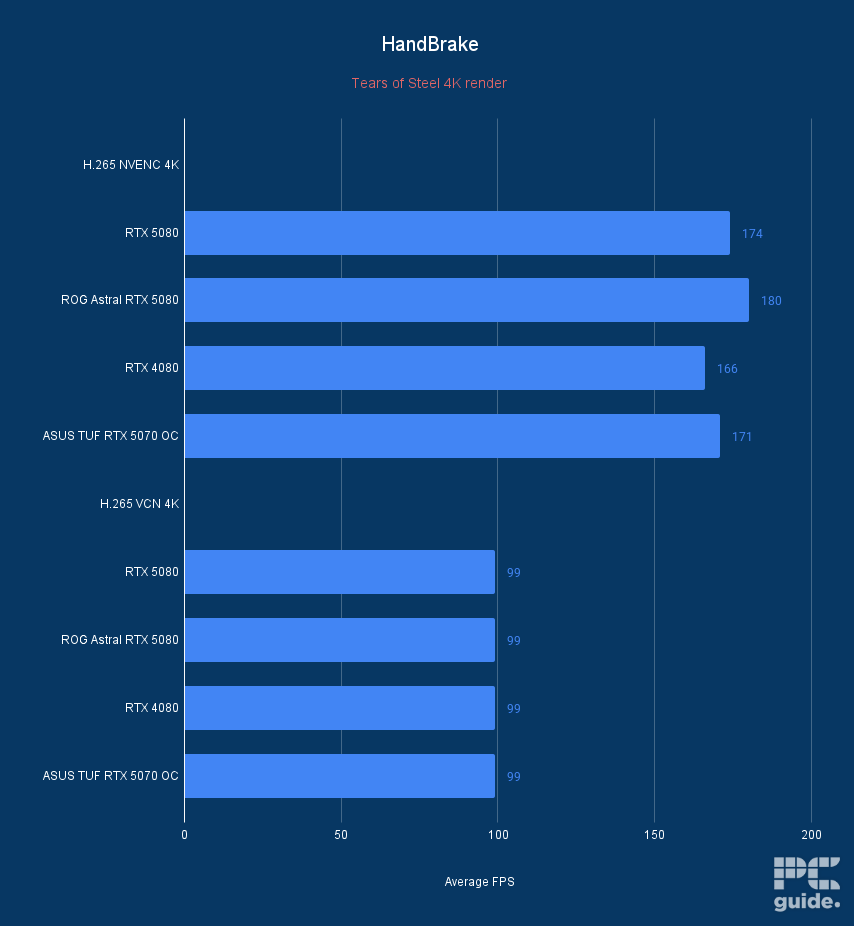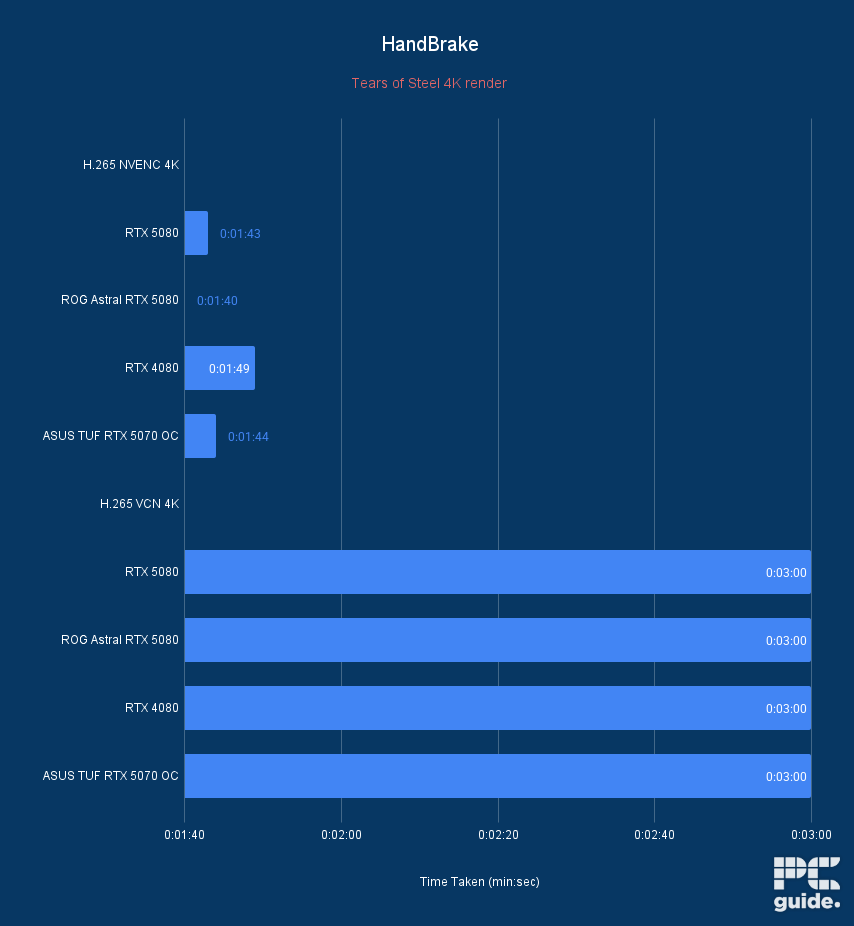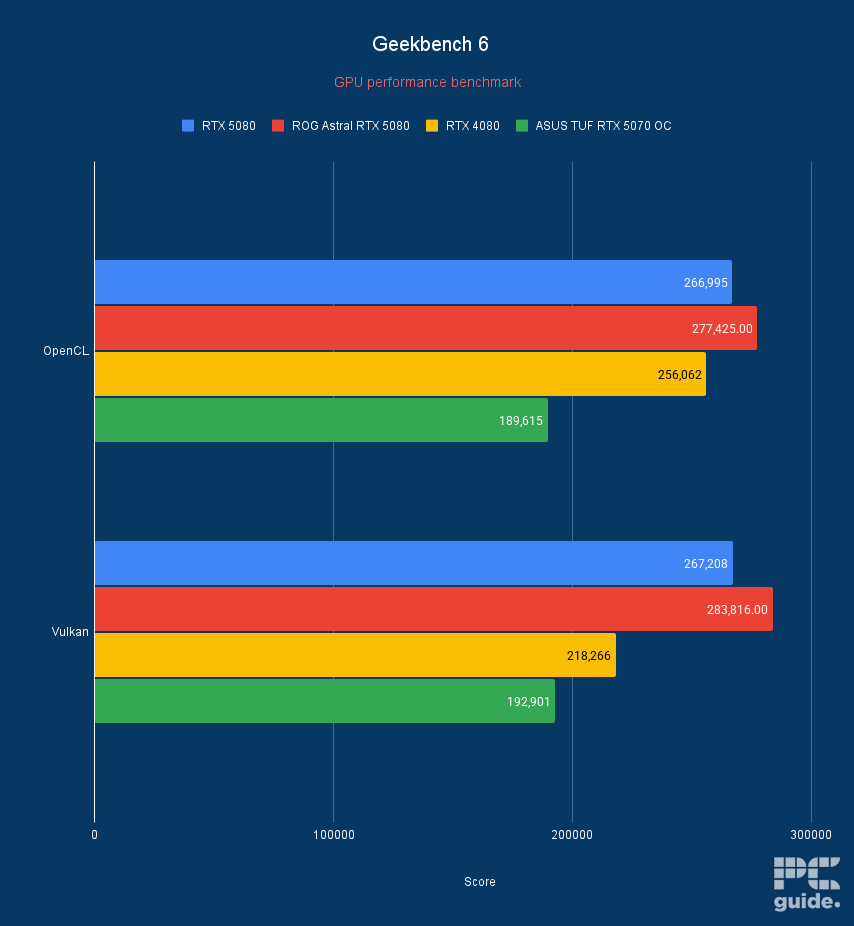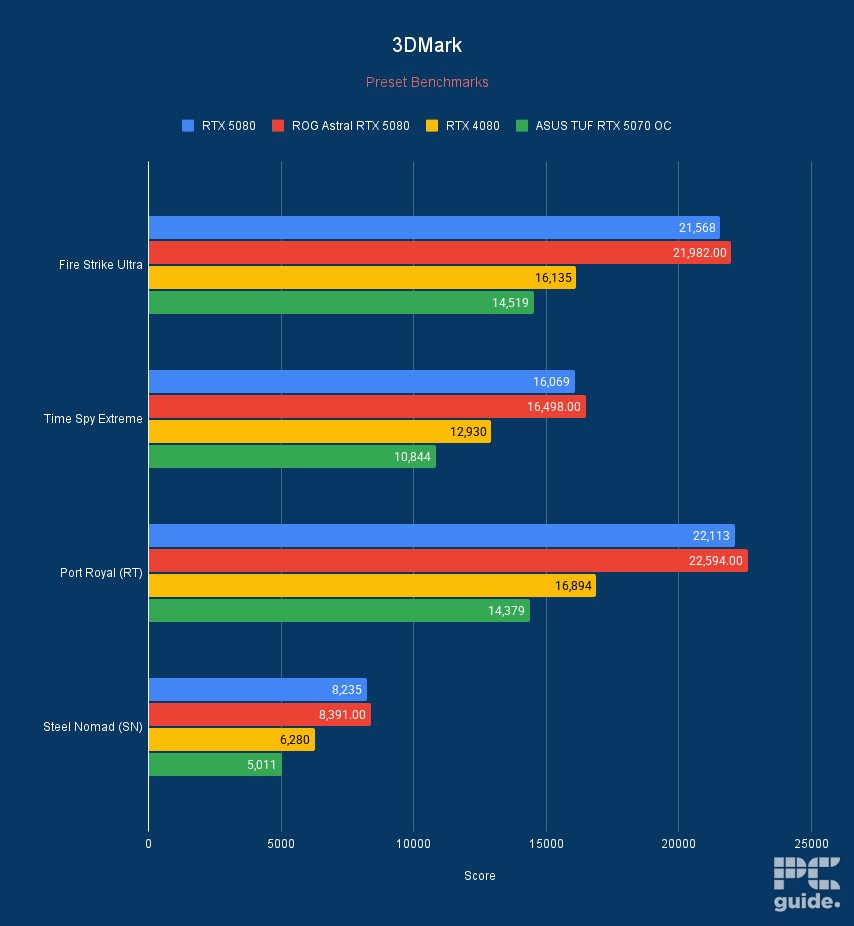ASUS TUF RTX 5070 review: not even RTX 4080 performance, let alone 4090
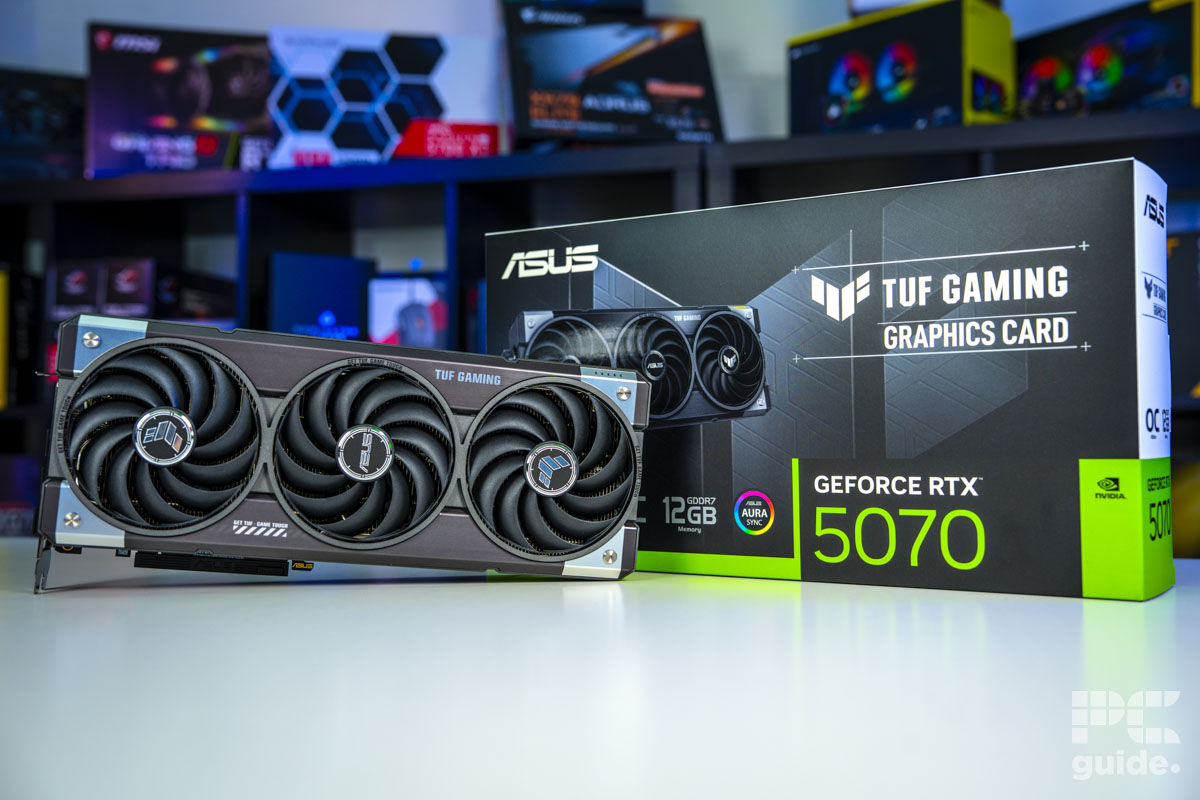
Table of Contents
Nvidia’s latest addition to the RTX 50 series of graphics cards comes in the shape of the 70 tier card – a GPU that has, historically, been well sought after by gamers looking for a mid-range offering. With the RTX 5070 release, we get to see what the more entry-level graphics card in the series has to offer. That said, we use entry-level graphics loosely, however, as finding the card at MSRP may be easier said than done. Additionally, with AMD also piling on the pressure now with the RX 9070 XT release, there is more expectation for the Nvidia GPU to perform or even be available to buy, but that’s not looking promising either.
For this review, I got hands-on with the ASUS TUF RTX 5070 OC, which offers slightly higher clock speeds when compared to the standard Founder’s Edition cards from Nvidia. It also brings a different design to the table, which I also put to the test to see how it performs, comparing it against the RTX 5080 and 4080 that I previously tested.
Prime Day is finally here! Find all the biggest tech and PC deals below.
- Sapphire 11348-03-20G Pulse AMD Radeon™ RX 9070 XT Was $779 Now $739
- AMD Ryzen 7 7800X3D 8-Core, 16-Thread Desktop Processor Was $449 Now $341
- ASUS RTX™ 5060 OC Edition Graphics Card Was $379 Now $339
- LG 77-Inch Class OLED evo AI 4K C5 Series Smart TV Was $3,696 Now $2,796
- Intel® Core™ i7-14700K New Gaming Desktop Was $320.99 Now $274
- Lexar 2TB NM1090 w/HeatSink SSD PCIe Gen5x4 NVMe M.2 Was $281.97 Now $214.98
- Apple Watch Series 10 GPS + Cellular 42mm case Smartwatch Was $499.99 Now $379.99
- ASUS ROG Strix G16 (2025) 16" FHD, RTX 5060 gaming laptop Was $1,499.99 Now $1,274.99
- Apple iPad mini (A17 Pro): Apple Intelligence Was $499.99 Now $379.99
*Prices and savings subject to change. Click through to get the current prices.
- GPU: GB205-300
- CUDA Cores: 6,144
- VRAM: 12GB GDDR7
- Memory Bus Width: 192-bit
- Base Clock Speed: 2.33GHz
- Boost Clock Speed: 2.51GHz
Nvidia promised a lot for the RTX 5070, claiming 4090 performance, but of course, that’s with a lot of asterisks next to it. It does upgrade the VRAM speeds to the latest GDDR7, with the bandwidth increasing even with the same bus width and capacity. Sadly, in our testing, the RTX 5070 doesn’t come close to what the RTX 4080 is capable of and doesn’t actually change much over the 4070 or 4070 Super.
On its own, it is capable of 1440p gaming and pushing 4K in some areas, but the limited VRAM will, for the most part, keep that slim. Except where you can run DLSS, and the ability to use multi-frame generation can make it a much more appealing choice. ASUS’ TUF design also makes for an amazing, robust design that brings great thermal performance if you don’t mind the bigger size.
- Great looking design and thermal performance
- Inclusion of transformer model and MFG capability
- MSRP theoretically below last generation
- Capable of 1440p gaming
- Performance falls far below marketing claims as expected
- Custom card oversized for its needs
- Overshadowed by AMD release close by
- Limited VRAM capacity and increases power draw
Price
When it comes to pricing, the RTX 5070 does offer the 50 series a slightly more affordable option. However, considering the constant rise from many previous generations, if you’re looking to buy the RTX 5070, you’ll likely have to pay over the odds – especially with GPU pricing continuing to be unstable. At the time of writing, pricing is expected to be around $549/£549, but that’s for the Founder’s Edition and MSRP versions of the GPU.
This will likely increase the pricing for custom models, especially overclocked models like the ASUS TUF OC I’m testing here. We haven’t got the price of it yet, but we expect to see it jump above the MSRP. That’s if you can get it at all, considering that even the RTX 5070 Ti stock is selling out, I don’t have much hope for the 5070 either. Even before the release, we’ve seen warnings that 5070 stock was lacking at some retailers.
There is also pressure from AMD now, though, with its announcement of the RX 9070 and 9070 XT. The former is going to cost $549, with the XT adding just $50 for an $599 MSRP. That puts pressure on the RTX 5070, which sits alongside them and has to do well against them to be a worthy choice, so it will be interesting to see if AMD is up to the task.
Key specs
| Specifications | RTX 5070 | RTX 4070 | RTX 4070 Super |
|---|---|---|---|
| Cores | 6,144 | 5,888 | 7,168 |
| Base clock speed | 2.33GHz | 1.92GHz | 1.98GHz |
| Boost clock speed | 2.51GHz | 2.48GHz | 2.48GHz |
| Memory | 12GB GDDR7 | 12GB GDDR6X | 12GB GDDR6X |
| Memory interface | 192-bit | 192-bit | 192-bit |
| Memory clock | 28Gbps | 21Gbps | 21Gbps |
| Bandwidth | 672.0GB/s | 504.2GB/s | 504.2GB/s |
| TBP | 250W | 200W | 220W |
| MSRP | $549 | $599 | $599 |
| Release date | March 2025 | April 2023 | January 2024 |
Above, we can see how the new Blackwell card compares to the RTX 5070’s specs and the previous generation. From the get-go, we can see the CUDA core count sits between the 4070 and 4070 Super, although it may not be a direct comparison between them on a different architecture. Although the process size stays the same across the generations, there aren’t many improvements in the transistor density onboard.
Instead, we see a slight increase in speeds, as both the processor clock and the memory get an improvement. The first is only slight, as the base clock jumps above 2.3GHz, but the boost clock slightly improves what the 4070 sat at. The change over to GDDR7 VRAM gives it the potential for improved memory bandwidth. Now clocking in at 28Gbps, the 7Gbps boost cumulates to a 168GB/s bandwidth increase that might come through at higher resolutions as the capacity and interface remain at 12GB and 192-bit.

However, all the RTX 5070 improvements don’t come for free as the card’s total board power increases. Now set at 250W, the power requirement increases by 22% from the 4070 and 13% from the 4070 Super. However, that doesn’t seem to have nudged the PSU suggestion from Nvidia, as it still sits at 650W total, so it shouldn’t require any changes there.
Design
The ASUS TUF model is slightly different from the previous generation, such as the 4070 Super we reviewed. It now features more intricate detailing on its card. Starting on the front with the fans, it adds bands of silver coloring to contrast the standard metal front. It also adds rivets to the corners that give the design extra pop and depth.
It also shakes up the fans, giving them a border that results in a standout look along the centre channel across the whole front. These fans are also Axial design with an entire ring connected to the fins to improve the airflow throughout the heatsink behind them.
Pushing that through to the back and edges gives the TUF some great flowthrough with plenty of cavities for the air to escape. I was surprised to see the design on the back, as it goes for a crate design of folded metal. Except it isn’t actually, and it is just painted to look like that, as the metal backplate is just a level design. It’s a very curious choice.
There is a cutout on the end of the heatsink away from the PCB, with the TUF logo cut out of the metal brace. Even with the lower TBP for the card, it is surprisingly big. With dimensions of 329x140x62mm, it is relatively thick and annoying to deal with in smaller builds, especially as I compared it to the MSI Gaming Trio that was also around in the office.
Additionally, ASUS offers an extra HDMI port that is ideal for individuals using a multi-monitor setup. The same is true for the dual BIOS, which lets you toggle between quiet and performance mode to alter the card’s behavior and capability. ASUS also implements sturdy and well-thought-out cooling and quality materials, as I’ll test in the next section.
Performance
I put the RTX 5070 onto our testing lab to see how it performed. Checking out the various games and synthetic benchmarks to compare it against the other cards we get a good overview of what it’s capable of. With the RTX 5080 and 4080 on the line, we can see how it compares against the two and how much DLSS 4 can improve it.
Test bench components:
- Motherboard: ASUS ProArt X670E-CREATOR WIFI
- CPU: Ryzen 7 9800X3D
- RAM: Corsair Dominator Titanium RGB (64GB, 6600MT/s, CL32, DDR5)
- CPU Cooler: ROG RYUJIN III 360 AIO
- PSU: 1000W Phanteks
- Windows version: 24H2
- Driver: GeForce 572.50
Gaming
Here are the graphs for the performance of the RTX 5070, comparing it with the two RTX 5080 and a 4080 we also tested. That way we can see how much it improves over the last generation and where it stands in the current lineup.
As expected, the RTX 5070 falls behind the 4080 and 5080. It’s rather more in line with the RTX 4070 Super, if anything. It doesn’t quite deliver on the promise of the RTX 4090; instead, it barely comes close to the RTX 4080.
In CS2 at 1080p, it does a great job netting over 350 FPS on average, but the higher tier cards net over 400. The same is true at 1440p, where it gets to around 249 FPS instead of over 300. However, in 4k, it does close the gap a bit to the RTX 4080, as it falls just 20 FPS behind.
Cyberpunk 2077 quickly expands that gap by standard, but the newer GDDR7 memory does help out the RTX 5070. It’s at 4K, and with ray tracing, it improves its capabilities compared to the RTX 4080. However, the 5070’s more limited capacity does mean the gap percentage starts to increase a lot. This is more so in the DLSS 4 test, where the 4K overdrive preset pummels the 5070 to just 1 FPS average, but the DLSS inclusion and frame generation do give it a much more playable framerate.
Doom Eternal shows a very similar performance scenario, just with a lot more framerate. Thanks to the well-optimized game netting three-digit framerates even at 4k on the highest settings and ray tracing, Assassin’s Creed Mirage’s more basic setup gives the RTX 5070 a strong framerate, but still with quite a wide margin to the other GPUs.
Indiana Jones: The Great Circle and F1 24 are also in a similar scenario for the RTX 5070, with it falling behind as resolutions and taxing graphics increase. This makes it more of a 1440p capable card, but it’s lagging behind in those high resolutions without some help. I would usually include Shadow of the Tomb Raider, but that kept crashing with the pre-release drivers.
Synthetics and rendering
These benchmarks provide an overview of the RTX 5070’s rendering and non-gaming capabilities, including the AI performance. Providing more direct comparisons between the range of graphics cards.
In 3DMark and rendering scenes with various APIs, the RTX 5070 does surprisingly come close to the 4080 compared to the 5080, which shoots off. It has a 10-20% loss to the 4080 compared to a 30-40% drop to the 5080.
Handbrake shows the capability of the video encoding, as NVENC gets an upgrade and the speed of encoding a 4K 12-minute video does slightly speed up compared to the 4080, netting five seconds and 5 FPS on average, while the 5080 gets even greater improvements.
Blender and Geekbench showcase the card dropping behind the capabilities of the higher tier cards. A loss of 30% to the 4080 in Blender and 26% in Geekbench OpenCL really brings it down as a good alternative, even if in Vulkan, that drops down to 11%.
Lastly, in Geekbench AI, that gap ranges from 17% to 1%, as half precision closes the gap while it stays fairly similar to the RTX 5080.
Conclusion
- GPU: GB205-300
- CUDA Cores: 6,144
- VRAM: 12GB GDDR7
- Memory Bus Width: 192-bit
- Base Clock Speed: 2.33GHz
- Boost Clock Speed: 2.51GHz
Overall, the RTX 5070 has not improved much over the previous generation, but it does bring some minor upgrades. With the faster VRAM and next-generation features, including DLSS 4, it does give it some appeal. The increase in board power to get the extra hardware running, without an increase in capacity, doesn’t provide a significant improvement from the 4070 Super, even. It does offer a lower price, but I’m not sure how many will even be in stock at that price anyway, as we expect to see similar situations to the rest of the cards.
This time, though, the ASUS TUF model has wowed me as a custom card for the model. It has a sturdy and well-designed build, even if it does come out a bit larger than I’d like and takes up more space than necessary. Being an OC model, it’s likely to be more expensive as well, and I’m not sure how much it actually improves over the base model.

